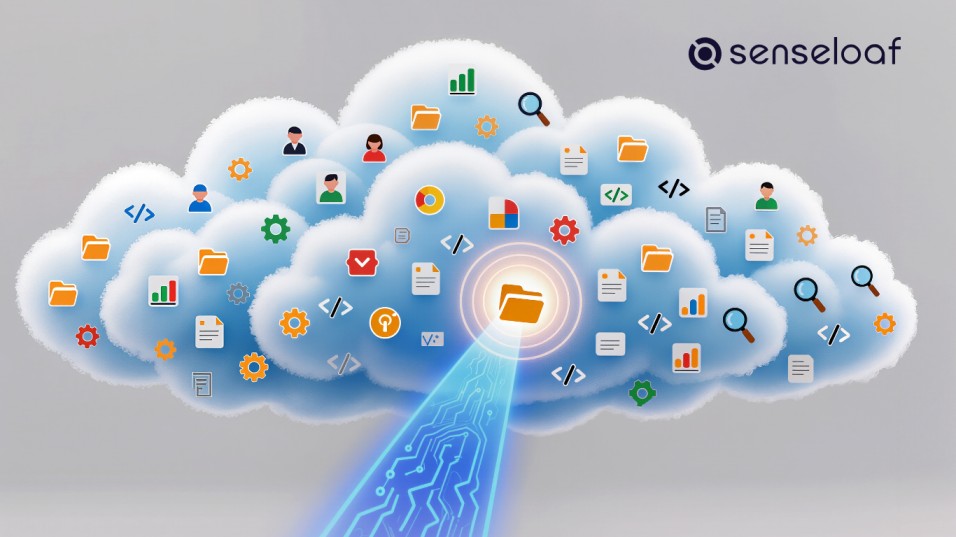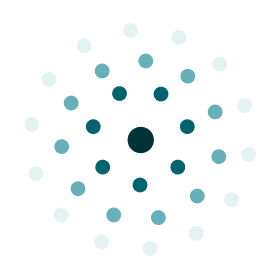Recruitment has come a long way from job boards and inbox resumes. For years, the Applicant Tracking System (ATS) was the heart of every hiring process — a digital filing cabinet that organized applications and kept recruiters sane. But as talent markets move faster, roles get more complex, and candidate expectations evolve, the limitations of traditional ATS platforms have become impossible to ignore.
Enter AI recruiting — a new generation of intelligent, adaptive systems that don’t just track candidates but understand them.
So how do AI recruiting tools compare to traditional ATS software? And why are companies worldwide shifting from automation to intelligence?
Let’s find out.
The Shift from Tracking to Thinking
A recent Gallup survey revealed that 93% of Fortune 500 CHROs have already begun integrating AI tools and technologies to enhance HR and recruiting functions. This isn’t just a trend — it’s a transformation.
Traditional ATS solutions were built for record-keeping. They store resumes, manage workflows, and track hiring status. But they weren’t designed to analyze data, identify hidden matches, or predict hiring outcomes.
In contrast, AI recruiting platforms use advanced machine learning (ML), natural language processing (NLP), and large language models (LLMs) to interpret data contextually. They automate tasks while also delivering insights — bridging the gap between administrative efficiency and strategic hiring.
Traditional ATS: The Foundation of Modern Hiring
Before AI came into play, the Applicant Tracking System was a recruiter’s best friend.
What It Does Well
- Organizes applications — keeps candidate data structured and searchable.
- Tracks progress — moves applicants through stages of the hiring pipeline.
- Enables collaboration — allows hiring managers and recruiters to share notes and feedback.
- Provides compliance and documentation — ensures hiring processes meet legal standards.
Where It Falls Short
- Limited intelligence — relies heavily on keyword searches and manual inputs.
- Rigid workflows — lacks adaptability when roles or hiring priorities change.
- Minimal analytics — provides reports, not actionable insights.
- Poor candidate experience — often impersonal and slow to respond.
An ATS can store and sort candidates — but it doesn’t think. That’s where AI recruiting platforms take the lead.
AI Recruiting Platforms: The Evolution of Talent Systems
AI recruiting is more than a technology add-on — it’s a new way of working.
AI recruiting tools don’t just automate; they analyze, learn, and act. By connecting data across the entire hiring ecosystem, they transform static processes into intelligent workflows.
Key Capabilities of AI Recruiting Platforms
In other words, AI recruiting platforms turn reactive recruiting into proactive talent acquisition.
Introducing Senseloaf Intelligent Agents (SIA)
Among the emerging best AI recruiting software in the market, Senseloaf Intelligent Agents (SIA) stands out as an AI-Native Talent Operating System — built from the ground up for a future where AI and humans work side by side.
What Makes SIA Different
SIA isn’t a plug-in or a feature — it’s a complete orchestration layer that unifies all stages of hiring under one intelligent framework.
It supports enterprises preparing for large-scale hiring with reduced time-to-fill, integrating data, automation, and human insight into one seamless experience.
How It Works
- Human + AI Model: SIA amplifies recruiter expertise with intelligent execution — AI acts, humans decide.
- Dynamic AI Agents: Specialized agents learn from hiring patterns and optimize each workflow — from matching and prescreening to interviews and feedback.
- Unified Data Layer: All candidate interactions, scores, and insights are consolidated, ensuring real-time visibility across the entire hiring funnel.
- Ethical AI: Every decision is explainable and bias-free, ensuring transparency and trust in AI-driven hiring.
Whether you’re matching candidates to jobs, analyzing interviews, or tracking offer outcomes, SIA operates as a “Hiring Partner for the Future of Work.”
AI Recruiting vs Traditional ATS: Key Differences
Here’s a side-by-side comparison that summarizes the evolution from traditional ATS to AI recruiting platforms:
Why AI Recruiting Wins
The value of AI recruiting tools lies in their adaptability. They aren’t just faster — they’re smarter.
- They understand context, not just keywords.
- They automate decisions, not just tasks.
- They improve with every interaction, learning from patterns and feedback.
With tools like SIA, organizations don’t just adopt automation — they build intelligence into their hiring DNA.
The result? Shorter hiring cycles, higher-quality matches, fairer evaluations, and more engaged candidates.
The move from traditional ATS to AI recruiting platforms isn’t about replacing recruiters — it’s about freeing them. AI handles the repetitive, data-heavy work so humans can focus on empathy, storytelling, and relationship-building — the true heart of recruiting.
As enterprises scale and evolve, the best AI recruiting tools will become not just helpful but essential — shaping hiring strategies that are as intelligent as they are human.
And that’s where the future of work begins: at the intersection of human connection and AI precision.
Seamless AI Recruiting Integrations for a Unified Hiring Stack
Senseloaf integrates natively with the most widely used Applicant Tracking Systems (ATS) — including BambooHR, Lever, and UKG. These AI recruiting integrations eliminate data silos by syncing candidate profiles, conversations, and analytics in real time. With bi-directional data flow, every recruiter gains unified access to AI insights, match scores, and candidate progress without switching platforms. The result is a frictionless hiring experience — faster decisions, reduced manual effort, and complete visibility across your HR tech ecosystem. Senseloaf’s ATS integrations are built for scalability, compliance, and ease of adoption, ensuring your organization leverages AI recruiting automation within the tools it already trusts.







